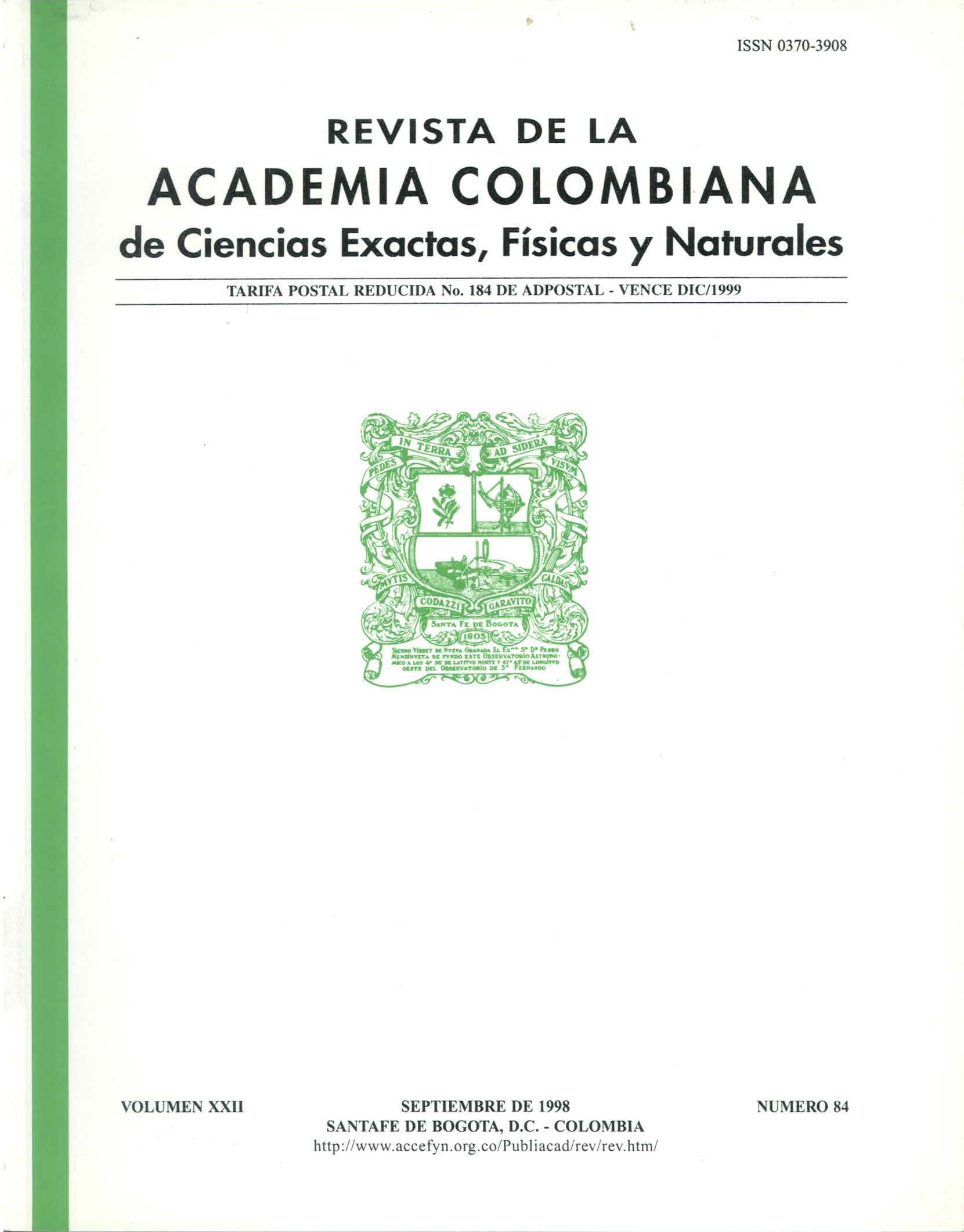Resumen
En este artículo pretendemos mostrar que los motivos en las proteínas se comportan como unidades individuales cargadas colocadas en forma muy precisa en un espacio acuoso de tal manera que para cualquier sistema proteína - agua de solvatación exista un máximo de atracciones y un mínimo de repulsiones entre los motivos que constituyen la proteína. Cualquier región en la superficie de una proteína formada por las porciones hidrofílicas de diferentes motivos genera un campo electromagnético no homogéneo que fija moléculas de agua. Un sustrato es cualquier molécula que genera un campo electromagnético complementario a la región activa de la proteína. La interacción entre una proteína y su sustrato se puede concebir como la neutralización de dos campos electromagnéticos que al reaccionar producen un nuevo sistema con una energía interna mayor que la de la proteína o de su sustrato. Al tratar de encontrar un nuevo mínimo de energía interna y, por consiguiente, un sistema estable tiene que ocurrir un cambio conformacional que simplemente implica una reacomodación de los motivos para obtener un máximo de atracciones y un mínimo de repulsiones entre motivos. Es este cambio conformacional lo que causa la actividad de las proteínas.

Esta obra está bajo una licencia internacional Creative Commons Atribución-NoComercial-SinDerivadas 4.0.

